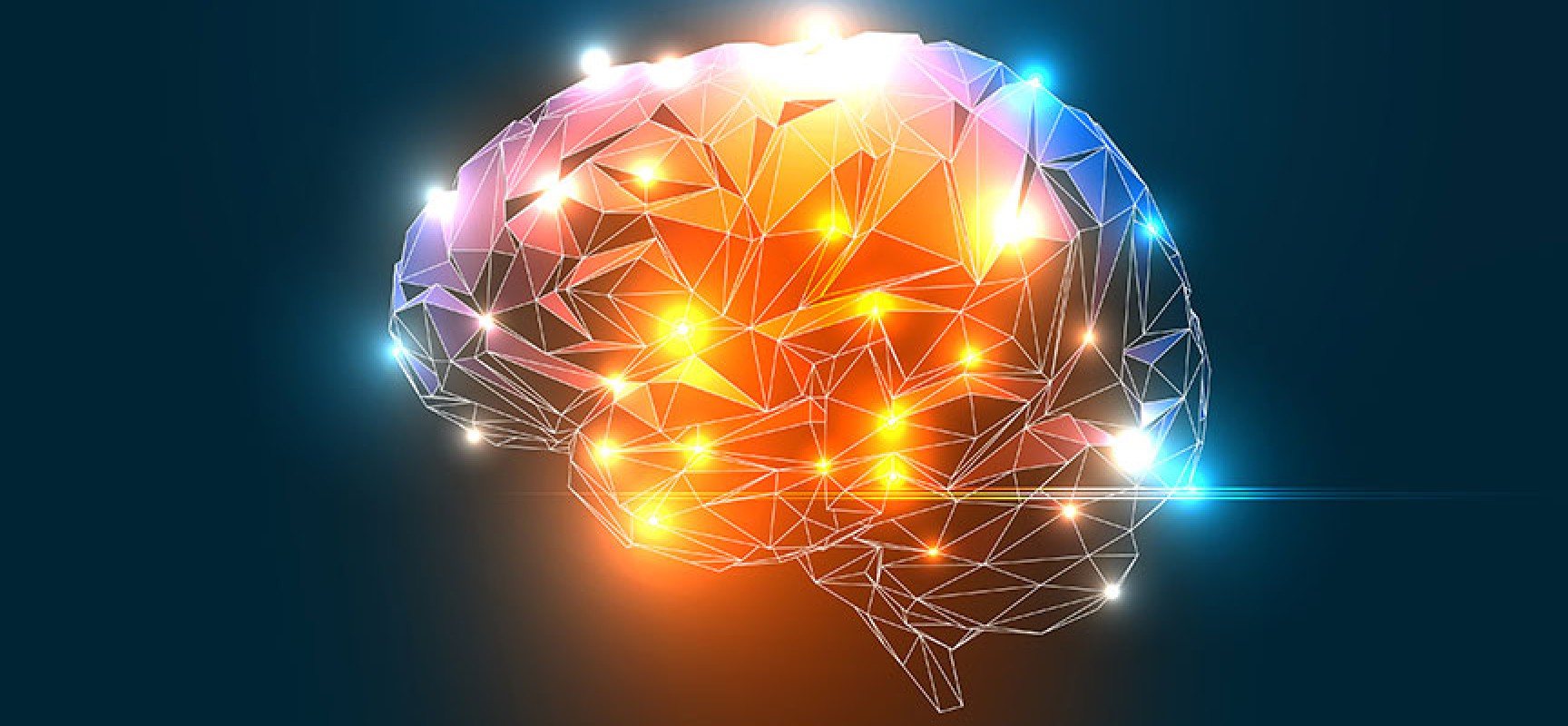
Brain, a vital part of the nervous system, is the most important organ in a human’s body. It is home to more than 100 million neurons that are in charge of coordinating movement, behaviour, and bodily functions, including regulation of heartbeat and blood pressure. This organ is also responsible for emotion as well as memory and cognitive memory. Brain is very important that even a small damage can cause a huge impact.
A recent study conducted by Amen Clinics indicates that women
has a more active brain compared to men. The test was done using a method called SPECT (Single Photon Emission Computed Tomography). In the test, it was shown that women’s brain had a higher level of activity, especially in the prefrontal cortex, a part of the brain associated with focus and impulse control. A similar result happened in the limbic system, which is connected with mood and anxiety. On the other hand, men’s brain had more activity in the visual and coordination area.
The result explains why women
has a tendency to have more empathy and better intuition as well as self-control. Those emotions are also regulated in the prefrontal cortex. Hand in hand with that, women are more prone to anxiety, depression, insomnia, and eating disorder, diseases associated with the limbic system.
This study is considered pivotal in figuring out the difference of brain based on gender. For example, it could be used as a base to study and understand more about degenerative diseases with a gender predilection, such as Alzheimer. It is known that women
has a higher risk of suffering from this depression and anxiety related disease compared to men. Meanwhile, men are more likely to be suffering from ADHD (Attention Deficit Hyperactivity Disorder) and behavioural issues.
Text by Anggie Triana
Stock photos from Body Constructor
Source(s):
- Amen, D. G., Trujillo, M., Keator, D., et al (2017). Gender-Based cerebral perfusion differences in 46,034 functional neuroimaging scans. Journal of Alzheimer’s Disease. DOI: 10.3233/JAD-170432